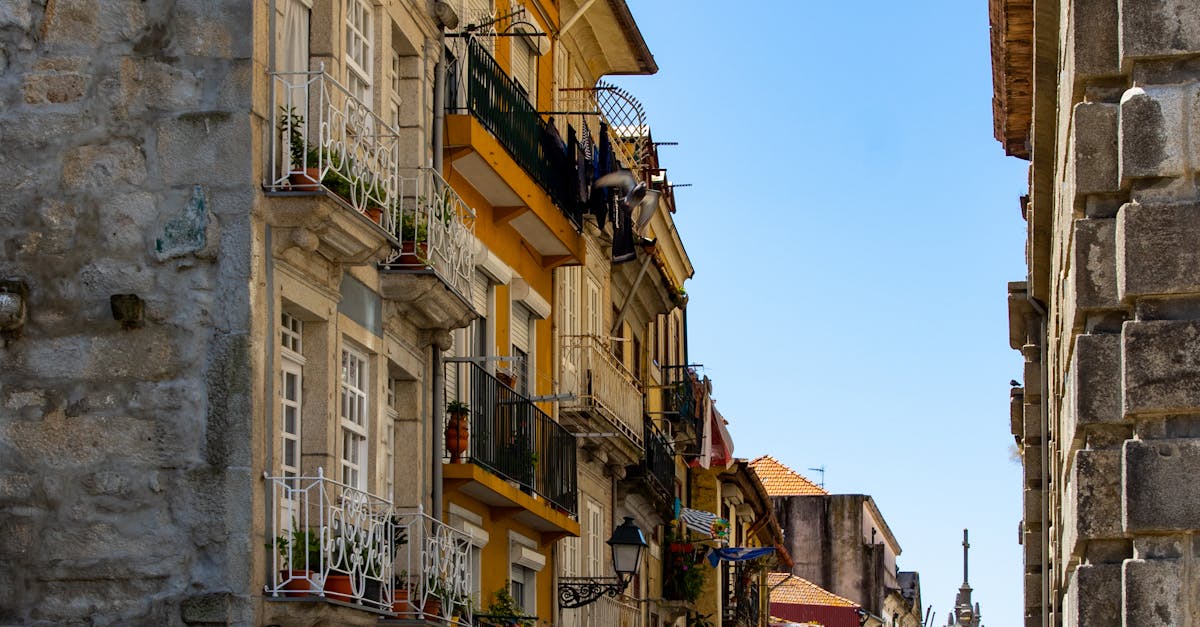
The Durability and Longevity of Bluestone Cobblestone Pavers
Table Of Contents
Environmental Impact of Bluestone Pavers
Bluestone pavers are sourced from natural stone, which contributes to their appeal as an environmentally responsible choice. The extraction process involves minimal disruption to the surrounding landscape when conducted responsibly. Additionally, bluestone has a long life expectancy, which means that fewer resources are consumed over time due to replacements. This longevity can help reduce waste in landfills and lower the carbon footprint associated with manufacturing more frequently replaced materials.
The installation of bluestone pavers also plays a role in their environmental impact. Unlike some synthetic materials, bluestone does not leach harmful chemicals into the soil or surrounding water systems. Its natural composition allows for effective water drainage, reducing runoff issues and promoting groundwater recharge. Consequently, bluestone pavers can contribute positively to local ecosystems while providing an aesthetically pleasing and durable surface for various applications.
Sustainability and Durability Considerations
When assessing paving options, both sustainability and durability are paramount. Bluestone pavers emerge as a robust choice due to their natural formation lasting thousands of years. Sourced from volcanic rock, these materials are highly resilient in the face of environmental wear. Their production typically involves minimal processing, reducing their carbon footprint compared to other synthetic alternatives.Low Maintenance Requirements of Sandstone Cobblestone Pavers
Long-term performance is a significant factor in sustainability. Bluestone pavers not only withstand heavy traffic but also resist stains and damage from harsh weather. Their ability to endure extreme conditions without extensive maintenance contributes to their longevity. This durability means fewer replacements are required over time, aligning with eco-friendly practices and benefiting both consumers and the environment.
mperatures, preventing ice from damaging their structure or causing slip hazards. This durability makes bluestone an excellent choice for outdoor spaces that experience significant variations in weather.
Rain and moisture present another challenge for many paving materials. Bluestone's natural ability to resist water absorption minimizes the risk of erosion or deterioration over time. The surface of bluestone remains slip-resistant when wet, ensuring safety during heavy rainfall. This combination of moisture resistance and strength ensures that bluestone pavers not only survive but thrive in diverse environmental conditions.
FAQS
What are bluestone cobblestone pavers made from?
Bluestone cobblestone pavers are made from a type of volcanic rock known for its durability and strength, which is sourced from various locations, primarily in Australia.
How do bluestone pavers compare to other paving materials in terms of durability?
Bluestone pavers are known for their exceptional durability, often outperforming alternative materials like concrete or brick due to their ability to withstand heavy loads and resist wear over time.
Are bluestone pavers suitable for extreme weather conditions?
Yes, bluestone pavers are highly weather-resistant, making them suitable for extreme conditions such as freezing temperatures, heavy rainfall, and intense heat, without compromising their integrity.
How long can I expect bluestone cobblestone pavers to last?
With proper installation and maintenance, bluestone cobblestone pavers can last for several decades, often upwards of 50 years, making them a long-term investment for outdoor spaces.
What maintenance is required for bluestone pavers to ensure their longevity?
Maintaining bluestone pavers typically involves regular cleaning to remove dirt and debris, sealing to protect against stains, and occasional repairs for any damages to ensure their longevity and visual appeal.
Related Links
Cost Considerations When Installing Bluestone Cobblestone PaversEnhancing Outdoor Aesthetics with Bluestone Cobblestone Pavers